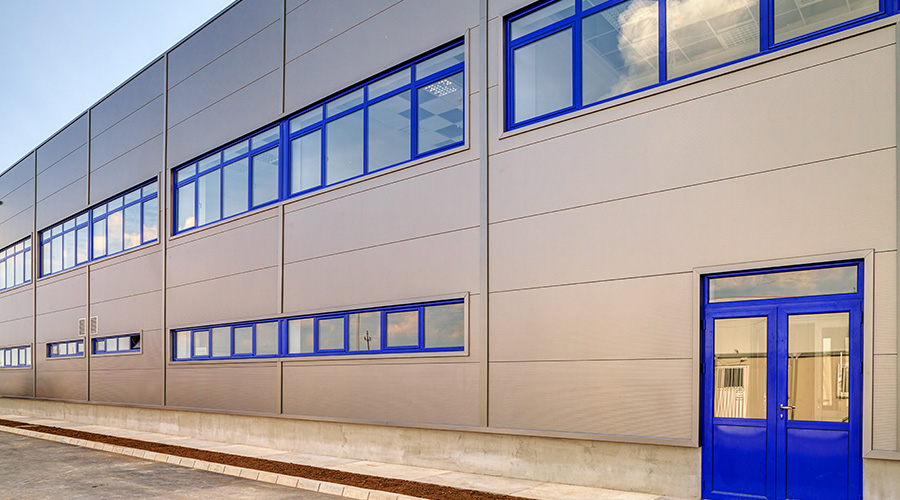How to Know When It's Time to Go Premium with Paint
Understanding the total cost of ownership of a premium paint product can help justify a higher first cost.
Knowing what makes up a quality paint and how to select one still does not answer the most critical question: Is the additional cost of quality worth it? If a facility manager is going to pay a higher price for the paint, what will he or she get in return? The promise is that higher quality paint will reduce long term costs, but is it enough to justify the additional first costs? And are there times when using a paint that is less than premium is a better option?
In order to evaluate the cost effectiveness of high quality paint, facility managers have to look beyond just the cost of the paint. In most painting projects, the cost of the paint is at most 50 percent of the total first cost of the project. There is the cost of labor to move people and furnishings out of the way, to prepare the surfaces to be painted, to apply the paint, to clean up afterwards, and to return the space to its previous condition. There are additional costs related to disruption of operations that also must be factored in. Selecting a lower cost paint that is more difficult to apply, or one that requires two coats instead of just one, further increases first costs.
Sum these costs to determine the actual first cost of the project. Now compare the total first cost of the project to the cost of the paint. In most cases total cost will be two to three times greater than paint cost. Paint costs, while still significant, may not be as important as they seem at first.
High quality paints usually have a much longer service life than lower quality ones. That means a lower quality paint will require earlier repainting than a high quality one. Look at the estimated service lives given by the various rating organizations for paint options. Estimate the paint and labor costs to apply the paint. Divide the total first costs by the expected number of years of service for each paint type being considered to determine the paint’s cost per year of service. This is the number that will show the real cost of paint options.
Does it always make sense to choose the highest quality paint with the lowest cost per year of service? Not necessarily. There are applications where it makes absolute financial sense, and there are others where it does not. Consider an application in an area that has a high rate of churn. The layout of these areas and the changes being made may require repainting each time the use of the space changes. If the rate of change requires repainting every three or four years, it would not be cost effective to use a paint with an eight or ten year service life. That does not mean that the cheapest paint available is a suitable choice; the facility manager still has to look for a quality paint that meets all of the needs of the application, but not necessarily the one with the longest rated service life.
Churn is not the only reason for considering something less than the highest quality paint. Some facilities may have a policy that certain areas, such as public spaces, be updated on a regular schedule, including painting. Again it makes the most economic sense to pick the quality of the paint that matches the requirements of the space, including the desired service life.
Understanding the benefits and cost of purchasing high quality paint will allow facility managers to make cost effective painting decisions.
James Piper, PhD, PE, is a writer and consultant who has more than 35 years of experience in facilities management. He is a contributing editor for Building Operating Management.
Email comments to edward.sullivan@tradepress.com.
Related Topics:














